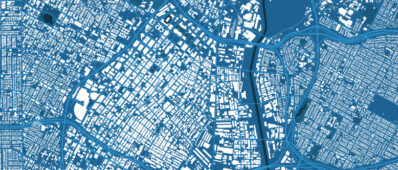Abstract
Most economists agree that new investments in highways at this point in time in the United States have little impact on overall growth in output. New highways play a more important role in shifting economic activities among places, drawing jobs from other locations into the highway corridors, a phenomenon known as negative spillovers. The objective of this dissertation is two-fold, to examine the proposal to decentralize highway finance, which aims to solve the financial responsibility mismatch problem that stems from economic spillovers of highways, and to test the hypothesis of economic spillovers of highway investment at the metropolitan level. First, to better understand how spillovers influence the highway investment decision, the theoretical framework from the interjurisdictional tax competition literature is borrowed to model governments’ investment behaviors. Numerical simulations show that decentralized local governments, which independently maximize output in their own jurisdiction, may engage in wasteful investments in highways with the presence of spillovers. Second, to shed more light on the spatial detail of economic spillovers, empirical tests of the spillover hypothesis are conducted at the metropolitan level, with census tracts as the unit of observation. The results of the quasi-experiment reveal census tract employment growth patterns that confirm the existence of negative spillovers caused by the opening of the Interstate 105 in 1993. The benefiting area, which grew substantially after the highway was opened, is limited to a long narrow corridor around the highway, while nearby locations outside the corridor experienced slow growth relative to the rest of the metropolitan area after controlling for various factors. Together, these results suggest that although negative spillovers are present at the metropolitan level, decentralizing highway finance may not be an effective policy to deal with the financial responsibility mismatch problem. Highway finance should remain centralized within metropolitan areas, and regional governing bodies should pay special attention to the distributional impact of highway projects.

